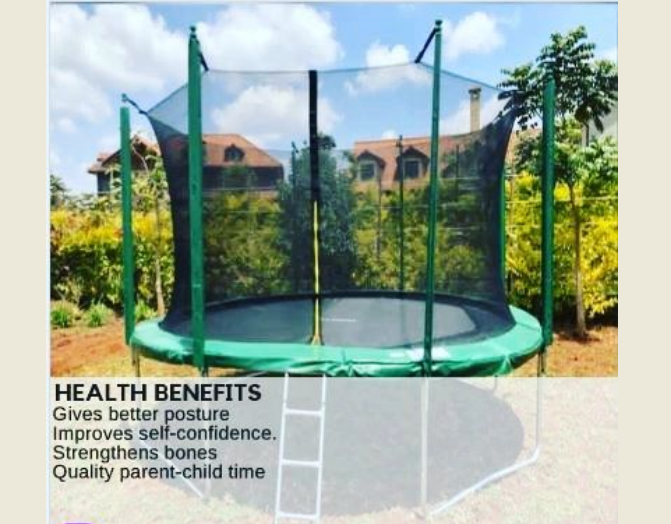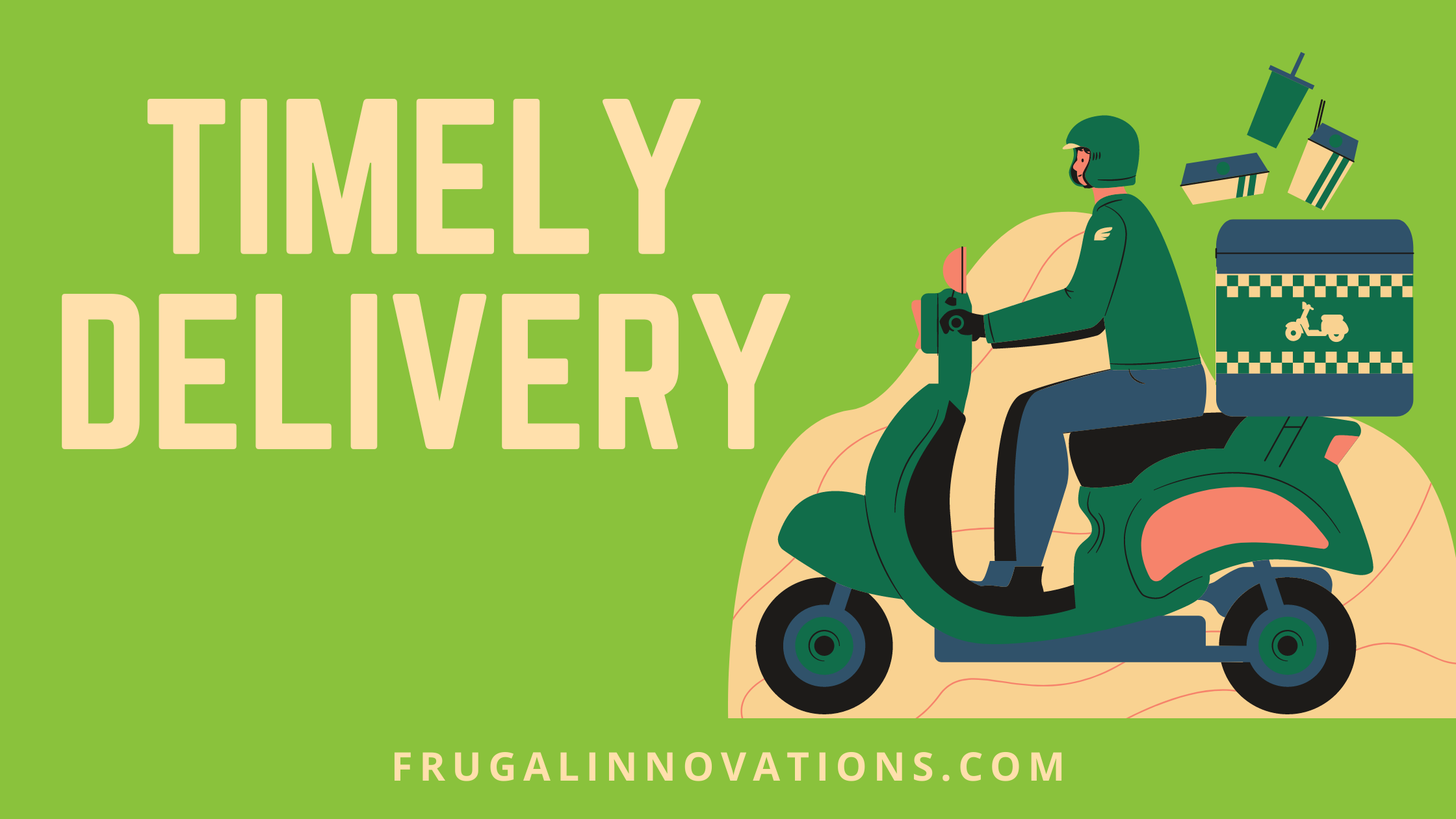Integrating Trampolines into the Kenyan School Curriculum

As Kenyan educators and parents seek more engaging ways to enhance learning and wellness, one unlikely hero is bouncing into the spotlight—the trampoline in Nairobi schools. Once seen as just playground equipment, trampolines are now being explored as a powerful educational and therapeutic tool within the Kenyan school curriculum.
 Contact:
Contact:
Phone/WhatsApp: 0722 724 893
Visit: Golden Moon Star Building, Kilimani
Website: thriftyent.com | frugalinnovations.co.ke
In a time when sedentary lifestyles and attention struggles plague our children—especially in urban centres like Nairobi, Kisumu, and Mombasa—trampoline time is proving to be more than just fun. It could be the missing link in a more holistic approach to education.
The Need for Movement-Based Learning in Nairobi Kenya
Across many Kenyan schools, especially in public institutions, learning is still largely exam-based and sedentary. Yet studies globally and locally show that physical activity improves:
Cognitive development
Memory retention
Mental focus and alertness
Classroom engagement
The Competency-Based Curriculum (CBC) encourages hands-on learning and multi-sensory approaches. That’s where trampolines can play a transformative role.
How Trampolines Enhance Learning in Nairobi Kenya
Here’s how integrating trampolines into daily or weekly school routines can enrich classroom outcomes:
1. Brain Activation Through Movement
Jumping activates the vestibular system and proprioceptive sensors, helping students stay focused and emotionally regulated—especially those with learning difficulties like ADHD or autism.
2. Kinesthetic Learning
For students who learn better through action, trampoline activities can help teach math (counting jumps), language (spelling out letters mid-jump), and science (gravity, force, energy) in ways that stick.
3. Improved Mental Health
Increased endorphins from bouncing reduce anxiety and restlessness—common issues among exam-stressed learners in Kenyan schools.
4. Inclusivity and Therapy
For special needs units, mini-trampolines serve as therapeutic tools, improving motor skills, balance, and self-confidence.
Case Study: Schools in Nairobi Leading the Way
Some private schools in Nairobi, especially in areas like Karen, Kilimani, and Ruiru, are already experimenting with trampolines during break times, PE lessons, and even morning routines. Teachers report more alert and calm learners after just 10 minutes of structured bouncing.
Implementation Ideas for Kenyan Schools
Morning Bounce Sessions: 5–10 minutes before first lesson
Trampoline Math & Spelling: Learning while jumping
Therapy Corners: Quiet spaces with mini-trampolines for overstimulated or special needs learners
PE Integration: Structured routines and group activities
Extra-Curricular Bounce Clubs: For fun and fitness
Overcoming Challenges
While cost and space are concerns for some schools, options like mini-trampolines or shared play zones (especially in lower-cost or CBC-linked institutions) can make this model scalable.
Companies like Thrifty Enterprises and Frugal Innovations Kenya already supply schools with durable, budget-friendly trampoline units designed for safe daily use.
Time to Bounce into the Future
If Kenya wants to truly embrace 21st-century education, it must look beyond textbooks. Trampolines in schools offer a simple but powerful way to merge movement and learning—perfectly aligned with CBC goals and the needs of today’s learners.
By making trampoline time part of the curriculum, we’re not just raising smarter students—we’re nurturing healthier, happier, and more engaged future citizens.
- How to Safely Repair a Sun-Faded or UV-Damaged Trampoline Mat in Kenya
- Are Trampolines the Next Big Fitness Asset for Kenyan Women?
- How Nairobi’s Dust and Wind Patterns Affect Trampoline Lifespan — Best Trampoline Repairs in Kenya
- How to Start a Trampoline Hire Business in Nairobi — Costs, Earnings, Risks, Competition
- Frugal Innovations Kenya – The Most Reliable Trampoline Accessories Centre

 Contact:
Contact:
